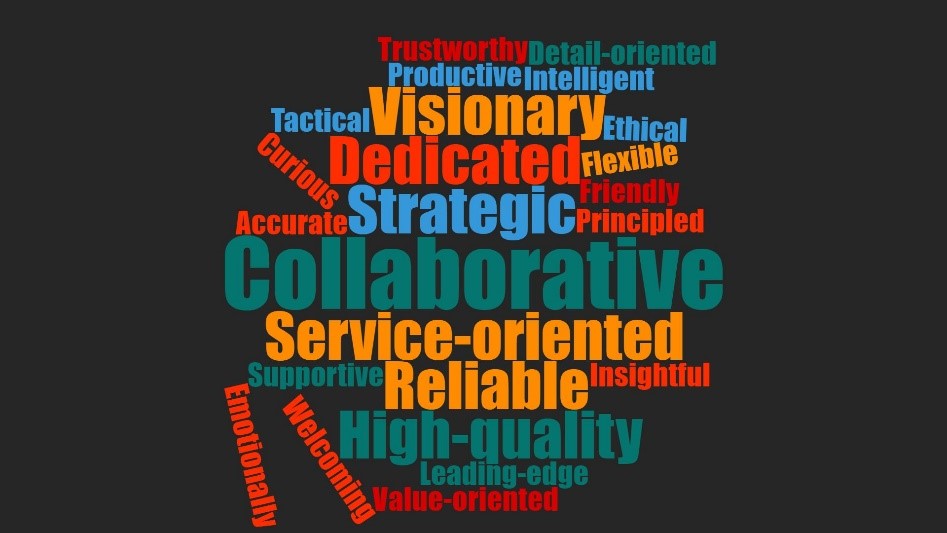By Jim Penrod, CAE, KCSAE Secretary
The key to a successful organization is to have a culture based on strongly held and widely shared beliefs that are supported by strategy and structure. An organization’s culture is basically the personality of a company, the essence of how its people interact and work. When an organization has a strong culture, employees know how management wants them to respond in any situation, employees believe that the expected response is the proper one, and employees know that they will be rewarded for demonstrating the organization's values. Culture is the self-sustaining pattern of behavior that determines how things are done.
So why is a good organizational culture important? According to an article in the Harvard Business Review, a poor organizational culture can not only be costly in employee turnover, but it can also have a financial impact. “Health care expenditures at high-pressure companies are nearly 50% greater than at other organizations. The American Psychological Association estimates that more than $500 billion is siphoned off from the U.S. economy because of workplace stress, and 550 million workdays are lost each year due to stress on the job. Sixty percent to 80% of workplace accidents are attributed to stress, and it’s estimated that more than 80% of doctor visits are due to stress.”
Employee disengagement due to a poor culture can also be costly. In studies by the Queens School of Business and by the Gallup Organization, disengaged workers had 37% higher absenteeism, 49% more accidents, and 60% more errors and defects. In organizations with low employee engagement scores, they experienced 18% lower productivity, 16% lower profitability, 37% lower job growth, and 65% lower share price over time.
To understand my organization’s culture, I facilitated a session with my staff in December of last year. The employees were split into logical teams based on their program responsibilities with the association. In each group the employees participated in a card sort exercise with a variety of cultural values and sorted the cards into three categories:
- Who we are now;
- Who we are not; and
- Who we would like to be.
Results were tallied in each group and shared with the entire staff. Duplicates from each group highlight strong agreement as to how we can describe our current culture as indicated in the Wordle below:
An interesting part of the discussion focused on the cards in the “who we would like to be” category. The employees felt that we currently had a good culture but there were areas where we would like to be more. So, changing our culture for the better revolves around the terms we all agreed upon as an organization:

Creating a positive and healthy culture for your team rests on a few major principles.
- Caring for, being interested in, and maintaining responsibility for colleagues as friends.
- Providing support for one another, including offering kindness and compassion when others are struggling.
- Avoiding blame and forgiving mistakes.
- Inspiring one another at work.
- Emphasizing the meaningfulness of the work.
- Treating one another with respect, gratitude, trust, and integrity.
A healthy organizational culture is more successful over time because it increases positive emotions and well-being. This, in turn, improves people’s relationships with each other and increases their abilities and their creativity. It attracts employees, making them more loyal to the organization as well as bringing out their best strengths. When organizations develop positive, honest cultures they achieve significantly higher levels of organizational effectiveness including financial performance, customer satisfaction, productivity, and employee engagement.

